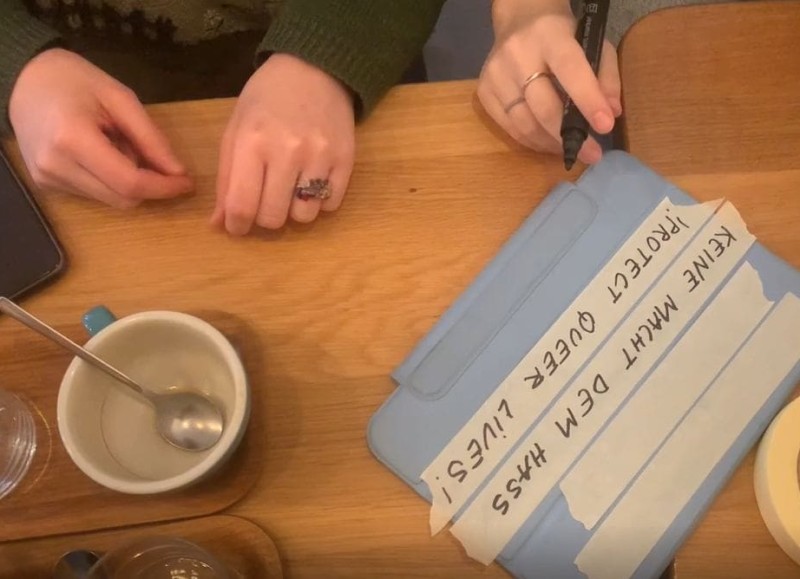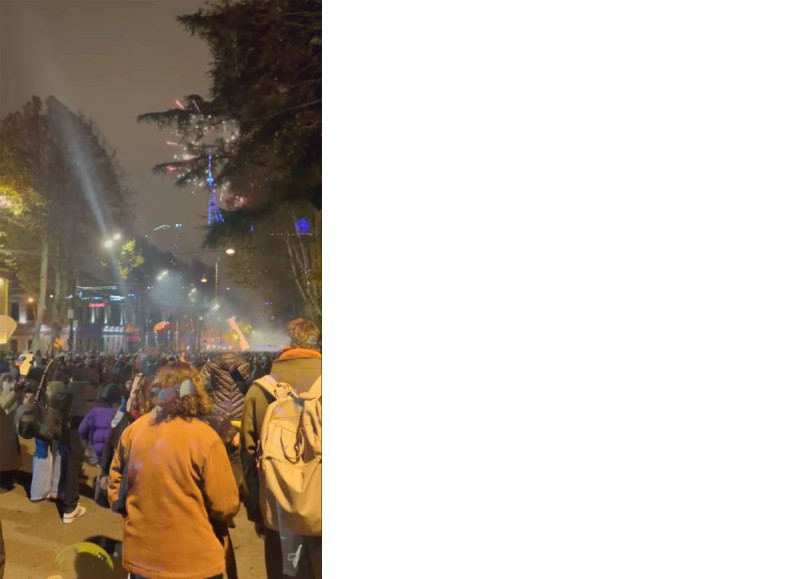In a Protest State of Mind!
How can filmic protest be more than mere documentation? What spaces does the camera create, which dynamics does it bump into? How do moving images generate empathy and solidarity? And how can critical distance and political effectiveness develop?Inspired by the form of the Cinétracts of 1968, Theater, Film and Media Studies students investigated the film aesthetics of resistance. Main questions included visibility and opacity: Which strategies do queer, feminist, and ecological movements develop to navigate between transparency and protection?
The students tried out activist video practices and reflected on how collective filmmaking can become an act of solidarity. Since filmic protest does not only begin behind the camera, but continues in its reception: Which images challenge us to action? Which encourage us to participate? You will see experiments dealing with protests in diverse ways: Someone feels like a bot, someone else hesitates to film a candle. Between loud and quiet, instigation and refusal, new perspectives open up about the moving image as a means of resistance, inviting participation beyond mere spectatorship. (Katharina Müller, Anna Dohnalek / Translation: Ted Fendt)
Date of the public presentation with Anna Spanlang and the filmmakers in attendance (free admission): June 28, 2025, 2 p.m.
Reservations can be made here.
![[Ohne Titel], 2025, Hannah Delfauro, Magdalena Hanáčková, Lisa Jabornig, Gwedoline Wagner [Ohne Titel], 2025, Hannah Delfauro, Magdalena Hanáčková, Lisa Jabornig, Gwedoline Wagner](/jart/prj3/filmmuseum/images/cache/34ef0fffd5f2acf8dca8735c79eafab7/0x53EC4BDF32BBB65CDECE860B3A1B1059.jpeg)



